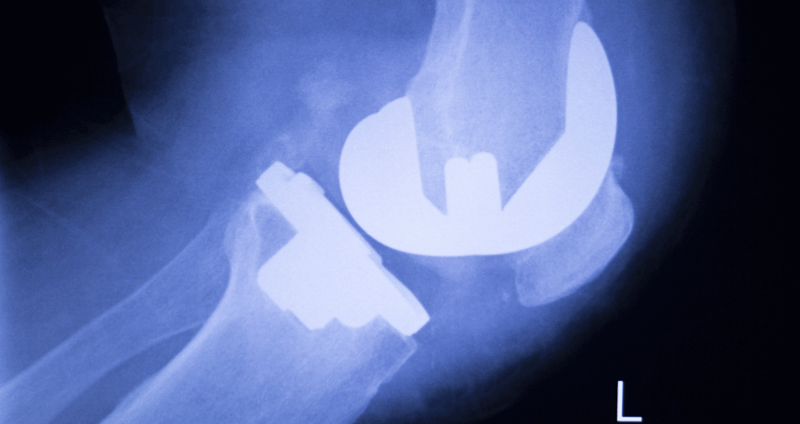
If you are experiencing unbearable knee, shoulder or hip pain and physical therapy and medicines are no longer helping, not all is lost. There are options to help!
More than 1 million joint replacements are performed in the United States each year. Whether its full or partial replacement, the surgical procedure involves removing a damaged joint and inserting a prosthetic one.
While hip and knee replacements are the more commonly known surgeries, ankle, wrist, shoulder and elbow joints also can be supplanted.
The decision to have joint replacement surgery should be taken very seriously, and after consultation with your physician. Several tests need to be completed and your overall health must be evaluated before going into the operating room.
Here are some answers to common questions about total joint replacement surgery from the American Academy of Orthopedic Surgeons:
1. What Condition Triggers a Joint Replacement Option?
In many cases, joint pain is caused by damage to the cartilage that lines the ends of the bones (articular cartilage)—either from arthritis, a fracture or another condition.
You may be a candidate for total joint replacement if you haven’t had success with nonsurgical treatments including:
- Medications
- physical therapy
- changes to your everyday activities
2. What Exactly Happens During the Surgery?
The damaged cartilage and bone are removed from your joint and replaced with prosthetic components made of metal, plastic or ceramic.
The prosthesis mimics the shape and movement of a natural joint. For example, in an arthritic hip, the damaged ball (the upper end of the femur) is replaced with a metal ball attached to a metal stem that is fitted into the femur, and a plastic socket is implanted into the pelvis, replacing the damaged socket.
3. What Are the Risks?
Any surgery presents risks such as infection, blood clots and nerve injury. While joint replacement devices are much more advanced these days, there is a possibility of loosening or dislocation.
These risks are minimized by today’s more advanced surgery and post-surgery procedures. However, joint replacement is considered major surgery. That’s why you and your doctor should carefully review and agree on the expectations of your outcome.
4. How Long Will It Take to Recover?
Your ability to use your new joint will depend on the ability to work through post-operative pain and the length of time it takes for your tissues to heal. Your age, weight and overall health are factors as well.
After surgery you can expect:
- Physical therapy to maximize your range of motion and to promote overall healing.
- Pain to subside gradually over several weeks.
- A workout regimen to promote joint strength.
5. What Is the Long Term Prognosis of Replaced Joints?
Great strides have been made in the quality and durability of prosthetic joints today. You can expect the devices to last for many years – which means you should be more pain free and have a vastly improved quality of life. More than 90% of modern knee replacements are still functioning well 15 years later, according to the American Academy of Orthopaedic Surgeons.
For more information to your questions about joint replacement, contact Johnson Memorial Orthopedic Specialists at 317.346.3100.
